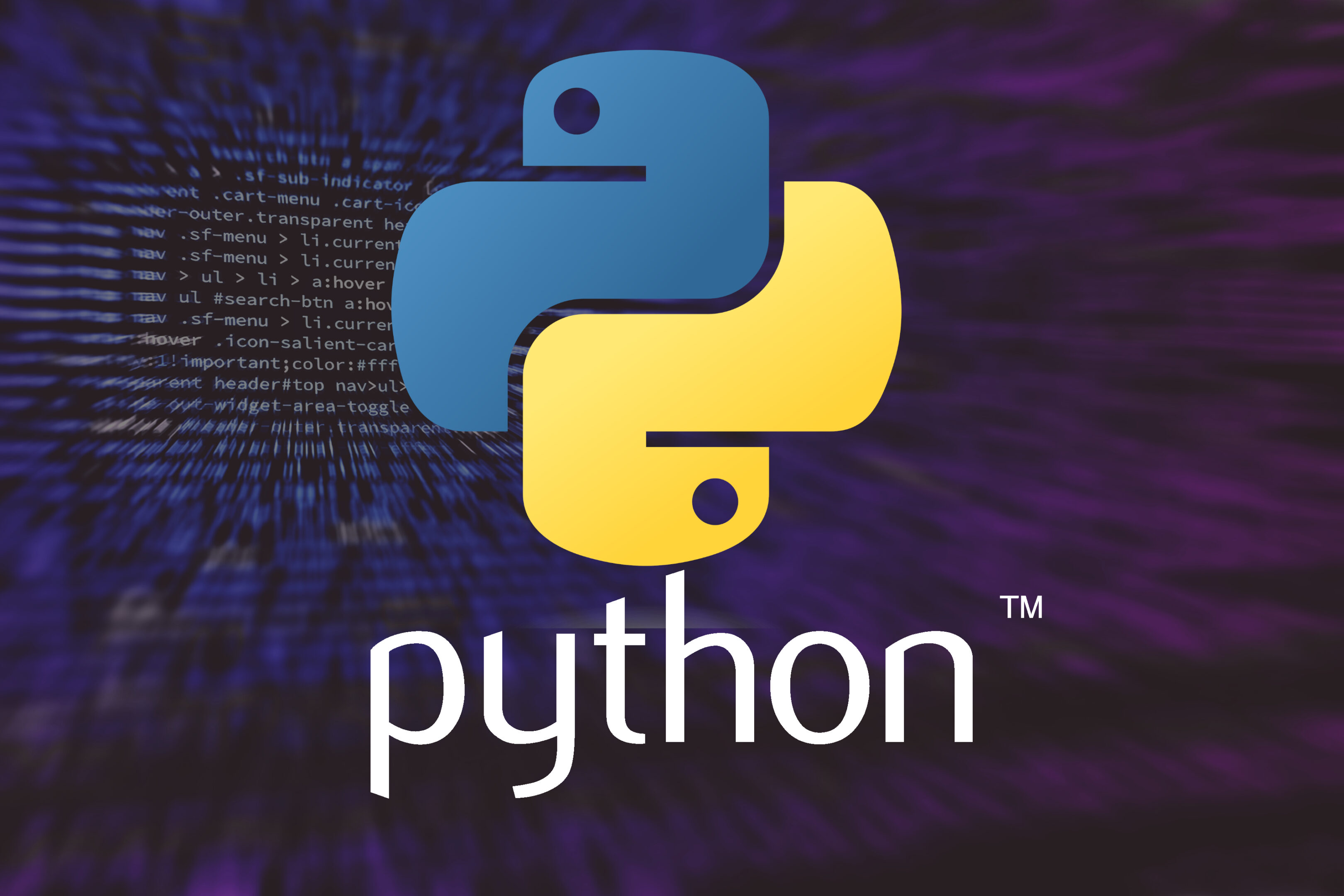Python lists are versatile data structures that are integral to programming in Python. They allow the storage and manipulation of ordered collections of items which can be of varied data types. These flexible containers are created using square brackets, with items separated by commas, or by utilizing the list constructor method. Their zero-based indexing enables efficient access and modification of elements within the list.
Manipulating lists in Python involves a variety of operations such as appending, extending, inserting, and removing items. Understanding list operations is crucial for efficient Python programming, as lists serve as the backbone for many algorithms and functions. A deep comprehension of these operations opens up a multitude of possibilities in data handling and manipulation.
Python Lists: A Versatile Data Structure
What is a Python List?
A Python list is an ordered, mutable collection of items. It can hold items of different data types, including numbers, strings, and even other lists. Lists are defined by enclosing items within square brackets [], separated by commas.
Creating and Accessing Lists
Creating a list is simple:
my_list = [1, 2, 3, "apple", "banana", True]Access list items using their index (starting from 0):
print(my_list[0]) # Output: 1
print(my_list[3]) # Output: "apple"Negative indexing allows accessing items from the end:
print(my_list[-1]) # Output: True
print(my_list[-2]) # Output: "banana"Common List Operations
| Operation | Description | Example |
|---|---|---|
len(my_list) | Returns the number of items in the list. | len(my_list) -> 6 |
my_list.append(item) | Adds an item to the end of the list. | my_list.append("orange") |
my_list.insert(index, item) | Inserts an item at a specific index. | my_list.insert(2, "grape") |
my_list.remove(item) | Removes the first occurrence of a specific item. | my_list.remove("apple") |
my_list.pop(index) | Removes and returns the item at a specific index (default is the last item). | my_list.pop() -> True |
my_list.index(item) | Returns the index of the first occurrence of a specific item. | my_list.index("banana") -> 4 |
item in my_list | Checks if an item exists in the list. | "apple" in my_list -> True |
my_list.sort() | Sorts the items in ascending order (in-place). | my_list.sort() |
my_list.reverse() | Reverses the order of the items (in-place). | my_list.reverse() |
Slicing Lists
Extract a portion of a list (a “slice”) using the colon : operator:
print(my_list[1:4]) # Output: [2, 3, "grape"]
print(my_list[:2]) # Output: [1, 2]
print(my_list[2:]) # Output: [3, "grape", "banana", "orange"]Key Takeaways
- Python lists are essential, versatile structures for data storage and manipulation.
- They support various operations for efficient and dynamic data handling.
- Mastery of lists underpins many programming tasks and algorithm implementations in Python.
Creating and Modifying Python Lists
In the realm of Python programming, lists are dynamic, ordered collections of items that can be changed at any time. They are one of the most versatile data types in Python, allowing for efficient manipulation and storage of elements.
List Basics and Creation
To create a list in Python, use square brackets [], enclosing the items separated by commas. An empty list is just []. Alternatively, the list() constructor can turn other collections like tuples into lists. For instance:
- Empty list:
my_list = [] - Using square brackets:
my_list = ['apple', 'banana', 'cherry'] - With the list constructor:
my_list = list(('apple', 'banana', 'cherry'))
Python stores list elements in a specific order, making it an ordered collection. Each item, whether string, integer, or other objects, retains its position.
Adding and Removing Elements
Lists in Python are mutable, meaning one can add or remove elements after creation. To add items, the append() method inserts a single element to the end:
my_list.append('date')
If you need to add an element at a particular position, use insert() with an index:
my_list.insert(1, 'blueberry')
To concatenate another list or iterable, extend() is the method of choice:
my_list.extend(['fig', 'grape'])
Removing elements can be done with remove(), which takes out the first instance of a value:
my_list.remove('banana')
To delete an item at a specific index, pop() not only removes it but also returns the value:
popped_item = my_list.pop(2)
For clearing all elements, clear() empties the entire list:
my_list.clear()
List Methods and Operations
Lists come with a variety of methods for common tasks:
len()returns the length of the list.min()andmax()find the smallest and largest items.sort()orders items, andreverse()flips their order.copy()creates a shallow copy of the list.
Lists are powerful for both accessing and modifying elements. For example, direct indexing retrieves items, and assignment at an index changes them:
# Accessing
item = my_list[0]
# Modifying
my_list[0] = 'strawberry'
Manipulation of lists in Python is a straightforward process because of these methods and operations, allowing for dynamic and precise handling of a collection’s elements.
Understanding List Structures and Operations
Python lists are versatile collections that hold an ordered sequence of elements. Each element, which can be of any data type, is assigned to a position, known as an index. The indexing starts at 0, allowing you to access elements directly.
simple_list = [1, "hello", 3.14]
Slicing lets you access a range within the list:
# Fetches elements from index 1 to 2
slice = simple_list[1:3]
Negative indexing is handy for referring to items from the end of the list:
# Gets the last element
last_item = simple_list[-1]
To modify elements:
# Changes the element at index 1
simple_list[1] = "world"
With list comprehension, you create new lists by applying an expression to each element in an existing list:
# Multiplies each number by 2
doubles = [x * 2 for x in simple_list if type(x) is int]
For nested lists, or lists within lists, each element’s position is referenced using multiple indices.
Operations like counting the occurrences of a value or appending items are straightforward:
element_count = simple_list.count(1)
simple_list.append(100)
Python’s flexibility in list manipulation is evident in various functions:
- sum(): Adds numerical elements.
- sorted(): Sorts the list without altering the original.
- del: Removes an item by index.
Lastly, iterating over lists is a fundamental operation, often done with loops for efficient data manipulation in projects:
for item in simple_list:
print(item)
Understanding these foundational aspects equips you to manage Python lists confidently as part of your programming toolkit.
Frequently Asked Questions
In this section, we answer common queries about working with Python lists, providing clear and specific insights to enhance code efficiency and understanding.
How do you define and use lists in Python?
A Python list is defined with square brackets, containing elements separated by commas, like this: my_list = [1, 'Python', 3.14]. They are used to store multiple items in a single variable and can include a variety of types.
What are the basic operations you can perform on Python lists?
You can perform operations such as adding elements with append(), merging lists with extend(), or finding elements using index(). Lists also support len() for length, count() for occurrences of an element, and more.
How does list comprehension work in Python?
List comprehension offers a swift way to create lists. It follows the form [expression for item in iterable if condition]. This method generates a list by iterating over an iterable and applying the expression to each item.
Can you explain the different ways to iterate over a list in Python?
You can iterate over a list with a ‘for’ loop, as in for item in my_list:, which will execute a block of code for each item. Another way is using list comprehensions or the map() function to apply a function to all elements.
What methods are available for adding or removing elements from a Python list?
To add elements, use append(), insert(), or extend(). To remove elements, remove(), pop(), and del are typically used. These methods allow manipulation of list contents dynamically.
How do you slice and access sublists in Python?
Slicing involves the colon operator, my_list[start:stop:step], allowing access to portions of the list. For instance, my_list[1:4] would return the second to fourth items from my_list.







